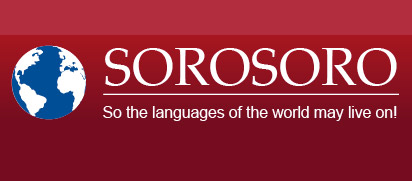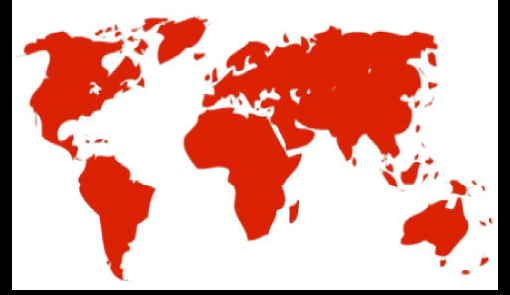Print  |
|

Isolating language
A language is isolating or analytic when there are no inflections, i.e. when words can only be made out of one morpheme (morphemes and words are then the same). In theory, one morpheme only has one signification or grammatical function and it is, still in theory, syntactically independent.
For instance, let’s have a look at this Chinese sentence:
nǐ chī fàn le ma which could be translated as:
nǐ: 2nd person singular “you”
chī: “eat”
fàn: literally “cooked rice”, which is a prototype for “food”
le: final realization particle
ma: particle marker of a question
It could also be translated as “did you eat (something)?” or “have you already eaten?”.
Chinese will also say:
wǒ chī fàn le: “I’ve eaten”, where wǒ is the first person singular
tā chī fàn le: “he/she ate” with tā as the third person, and so on.
Chinese is often taken as an example when talking about isolating languages, but many more languages can be considered as such. Most of South-East Asian languages and most of creole languages also fall into this category.
Note: a language is rarely “exclusively” isolating because it often presents morphology embryos. It is in fact the case for Chinese.








